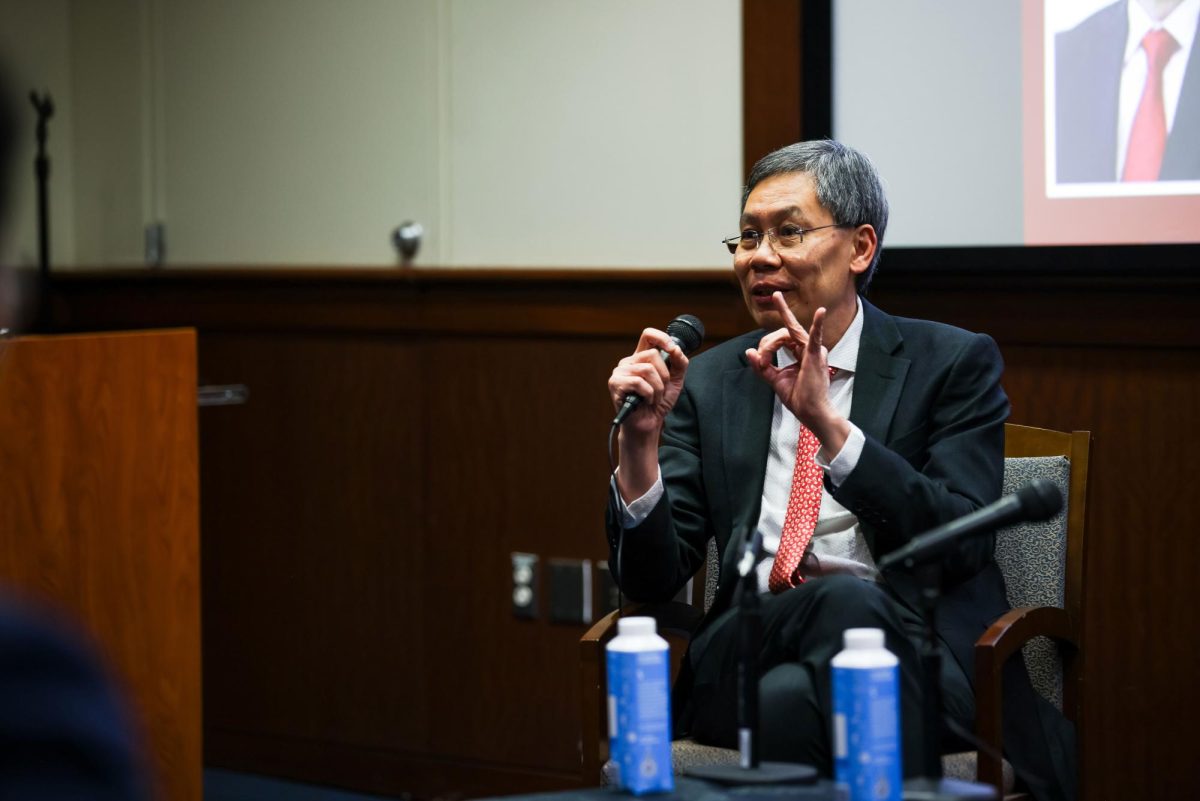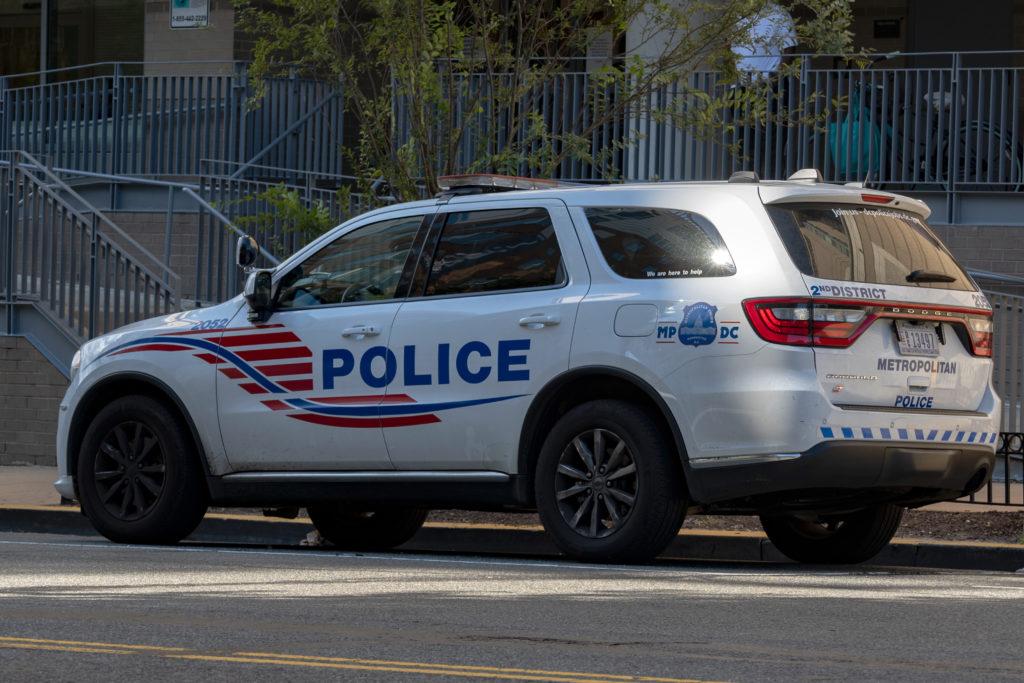Worshipped by hipsters, M.I.A., the daughter of a terrorist and a genre-defying artist, has set the standards for edginess and fun ever since she first hit the music scene. Her sophomore album, “Kala” (Interscope), set the bar even higher.
After her first album, “Arular,” she was a well-established artist, and she could have hired any of the hit makers to produce “Kala.” If she wanted to, she could have Rihanna-like fame – an exotic girl with contagious songs that the radio will never stop playing.
Though she did give Timbaland a chance on her track “Come Around,” she wanted to globalize her sound. She took the sounds of aboriginal hip-hop, Liberian vibes, The Clash and Baltimore hip-hop to create her aggressive second album.
With so many variables entering into M.I.A.’s creative equation, listeners often wonder: Where did she come from?
Born Mathangi “Maya” Arulpragasam in Hounslow, London, she moved to Sri Lanka at six months old due to her father’s wish to support the terrorist-revolutionary efforts of the Tamil Tigers. The tensions of civil war increased, and M.I.A.’s mother applied for refugee status in Britain. Her family moved back to London in 1986 without her father.
After years of witnessing a tiring civil war, the preteen found her introduction to Western culture compelling and addictive. The passion evoked in cutting-edge hip-hop artists like NWA and Public Enemy spoke to her.
Her life experience did her well at London’s Central Saint Martins Art School, where she studied film, fine art and video. It was as a painter, not a musician, where M.I.A. first found success. Her first exhibition, entitled M.I.A. (an acronym for Missing In Action) was filled with colorful paintings of the dark Tamil terrorist movement.
She was commissioned to provide album artwork for a band called Elastica, a job that allowed her to follow the band on tour around the United States. It was here where M.I.A. was introduced to the electro beats and sequencing machines that would help define her career as a musical artist.
With a global mesh of inspiration comes her unique style that is unable to be defined by any specific genre. She combines the well-known sounds of alternative, hip-hop and electro sounds but slips in music that is less familiar to the listeners’ ear. M.I.A. brings the underground sounds of London grime, Jamacian dance-hall and Brazilian baile-funk to surface.
Described as “the sound of jump-rope rhymes in a war zone” by Rolling Stone, her debut album “Arular” was not only critically acclaimed but internationally embraced. From the dance floor to car commercials to every MP3 blog, her stand-out track “Galang” became nearly inescapable.
As if listeners had not already found the perfect remedy for their need for dance music with a message, along came Diplo, a Philadelphia-based DJ and producer and M.I.A.’s husband. Their 2004 album “Piracy Funds Terrorism” lays the contemporary lyrics of M.I.A. over the classic dance tracks of songs like “Sweet Dreams” by the Eurythmics, “Push It” by Salt-N-Pepa and “Big Pimpin'” by Jay-Z.
This Thursday a packed 9:30 Club will be swarming with D.C.-area residents ready to bounce around with the musical pioneer. With her vintage candy-colored getups and unstoppable energy, M.I.A. is everything you want her to be in concert. Tickets for her “Kala” show once again quickly sold out.




